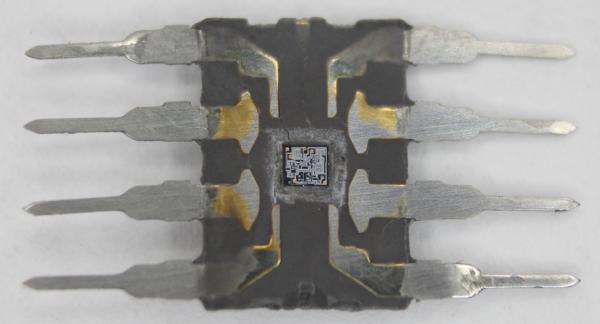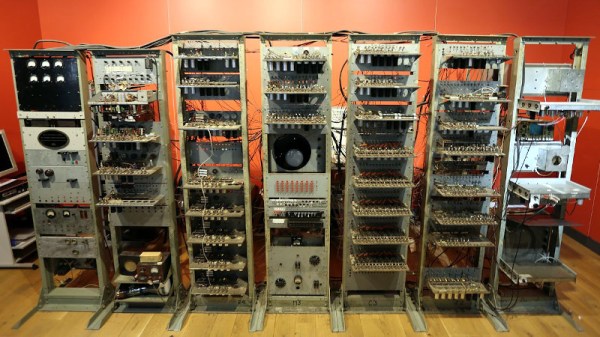Nuclear war was very much a front-of-mind issue during the fraught political climate of the Cold War era. Since then, atomic sabre rattling has been less frequent, though has never quite disappeared entirely.
Outside of the direct annihilation caused by nuclear war, however, is the threat of nuclear winter. The basic concept is simple: in the aftermath of a major nuclear war, the resulting atmospheric effects could lead to a rapid cooling in global temperatures.
Some say it couldn’t ever happen, while others – including Futurama – suggest with varying degrees of humor that it could help cancel out the effects of global warming. But what is the truth?
Hard data is isn’t really available, as thus far there have been no large-scale nuclear wars for scientists to measure. Several studies have explored the concept of nuclear winter, however, and explored its potential effects.
Continue reading “Would Nuclear Winter Cancel Out Global Warming?”















